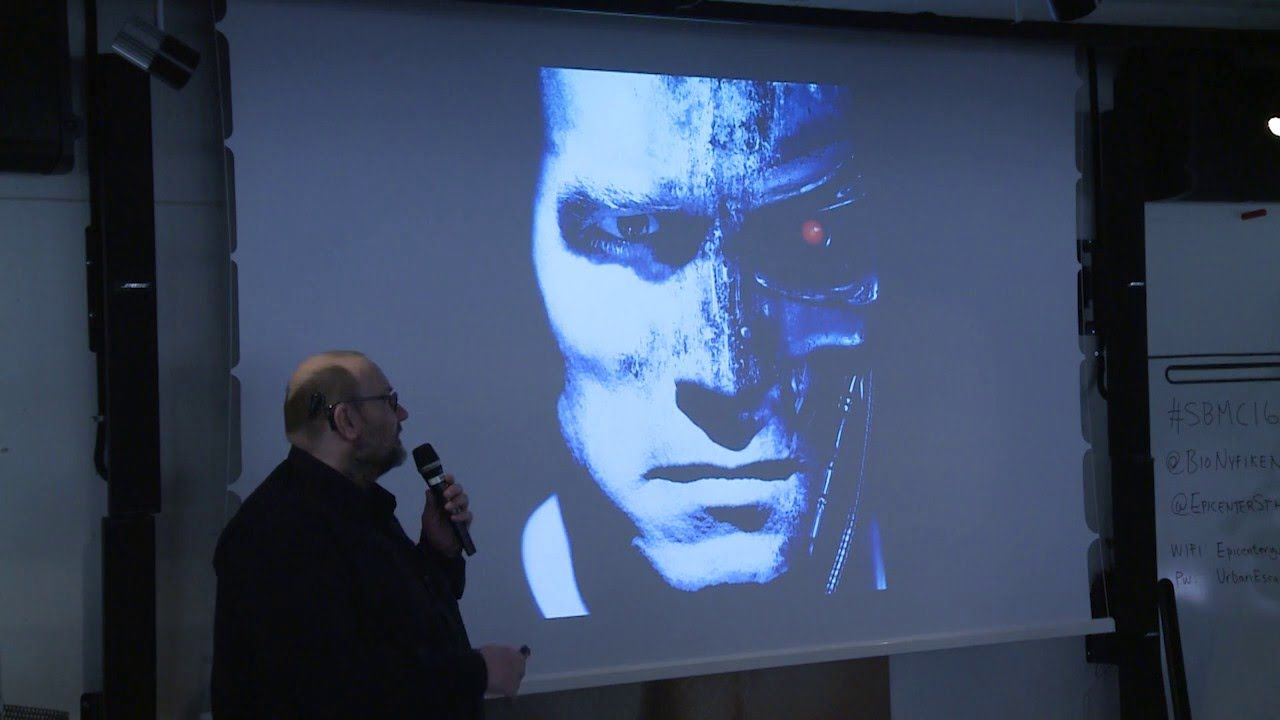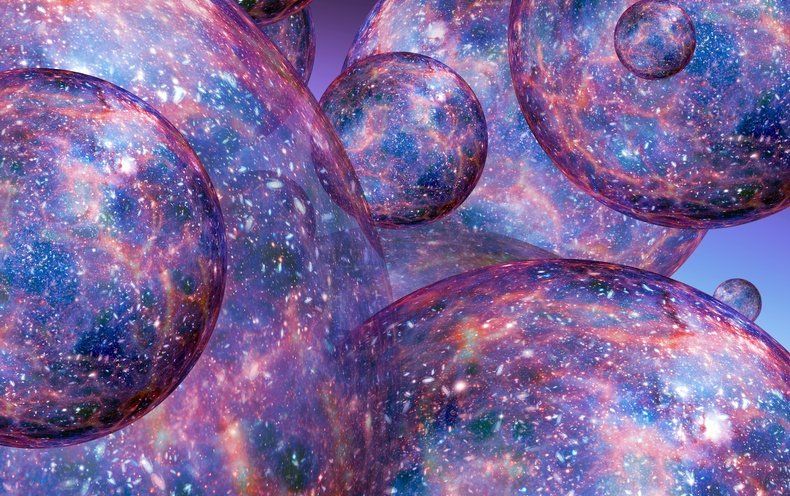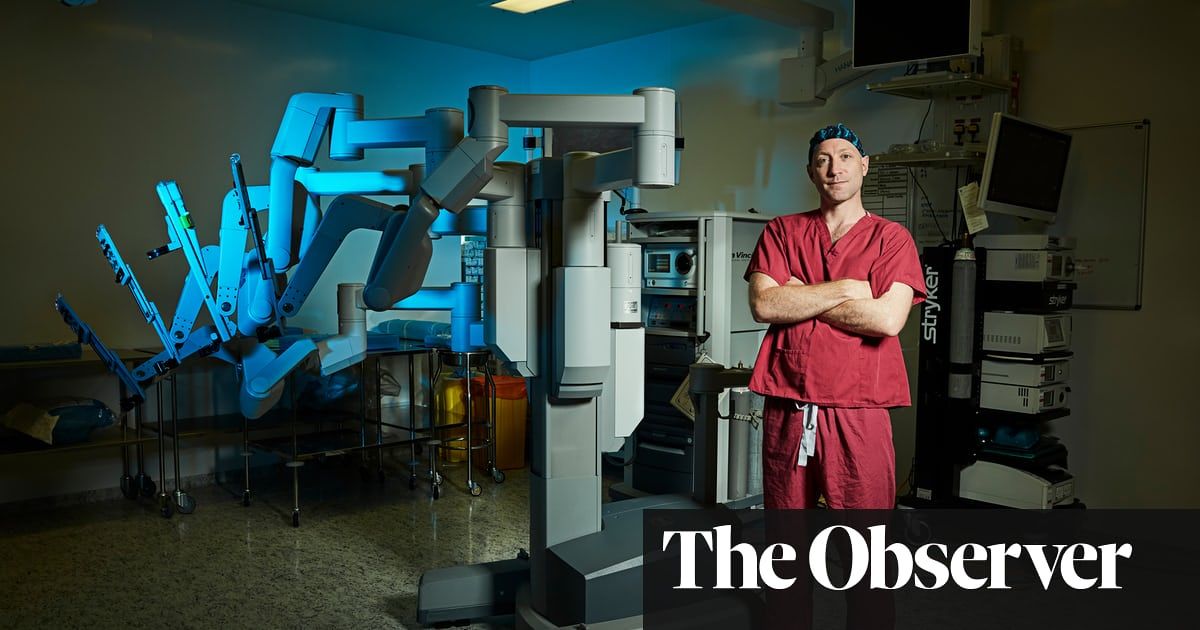Page 9552
Jul 30, 2018
God Particle will eventually DESTROY the universe — physicists in Doomsday claim
Posted by Genevieve Klien in categories: existential risks, particle physics
THE famous ‘God Particle’ will lead to the destruction of the entire universe, scientists have warned. British researchers are warning that the Higgs Boson, otherwise known as the God Particle, will one day lead to the destruction of the universe.
Jul 30, 2018
String Theory May Create Far Fewer Universes Than Thought
Posted by Genevieve Klien in category: quantum physics
Some physicists claim the popular landscape of universes in string theory may not exist.
- By Clara Moskowitz on July 30, 2018

See the Earth from 20 miles (32 km) above in this breathtaking 360° footage captured from a weather balloon.
Jul 29, 2018
What humans must do to make Mars home
Posted by Alberto Lao in categories: habitats, space travel
Jul 29, 2018
This 3D-printed AI construct analyzes
Posted by Genevieve Klien in categories: 3D printing, mathematics, robotics/AI
Machine learning is everywhere these days, but it’s usually more or less invisible: it sits in the background, optimizing audio or picking out faces in images. But this new system is not only visible, but physical: it performs AI-type analysis not by crunching numbers, but by bending light. It’s weird and unique, but counter-intuitively, it’s an excellent demonstration of how deceptively simple these “artificial intelligence” systems are.
Machine learning systems, which we frequently refer to as a form of artificial intelligence, at their heart are just a series of calculations made on a set of data, each building on the last or feeding back into a loop. The calculations themselves aren’t particularly complex — though they aren’t the kind of math you’d want to do with a pen and paper. Ultimately all that simple math produces a probability that the data going in is a match for various patterns it has “learned” to recognize.
The thing is, though, that once these “layers” have been “trained” and the math finalized, in many ways it’s performing the same calculations over and over again. Usually that just means it can be optimized and won’t take up that much space or CPU power. But researchers from UCLA show that it can literally be solidified, the layers themselves actual 3D-printed layers of transparent material, imprinted with complex diffraction patterns that do to light going through them what the math would have done to numbers.
Jul 29, 2018
In a Future of Mind Uploading, Who Will Own the Data That is You?
Posted by B.J. Murphy in categories: life extension, neuroscience

The year is 2050 and researchers have developed an advanced method of replacing 99% of your brain’s functions for digital software/hardware. The process is slow to ensure individuals aren’t simply making copies of themselves. But in return, “digital immortality” has been achieved.
In a future of mind-uploaded “immortals,” will we achieve unlimited freedom or will we simply become slaves to a private entity which owns the data that makes up our own digital minds?
Continue reading “In a Future of Mind Uploading, Who Will Own the Data That is You?” »
Jul 29, 2018
The robot will see you now: could computers take over medicine entirely?
Posted by Steve Nichols in categories: biotech/medical, robotics/AI
They already perform remotely controlled operations – now robots look set to be the physicians of the future. Tim Adams investigates.
Jul 29, 2018
Study finds evidence that leopard geckos can make new brain cells
Posted by Marcos Than Esponda in categories: biotech/medical, life extension, neuroscience
Published in Scientific Reports, this study is the first to provide evidence of new neuron formation—and the presence of stem cells—in the leopard gecko brain.
University of Guelph researchers have discovered the type of stem cell allowing geckos to create new brain cells, providing evidence that the lizards may also be able to regenerate parts of the brain after injury.
This finding could help in replacing human brain cells lost or damaged due to injury, aging or disease.
Continue reading “Study finds evidence that leopard geckos can make new brain cells” »
















